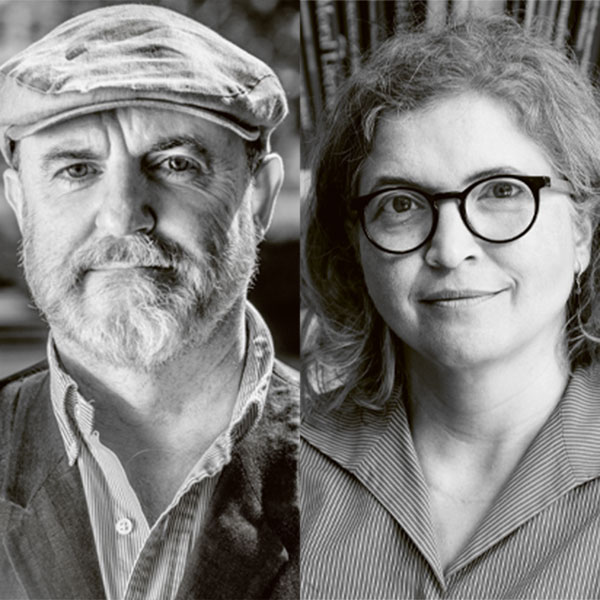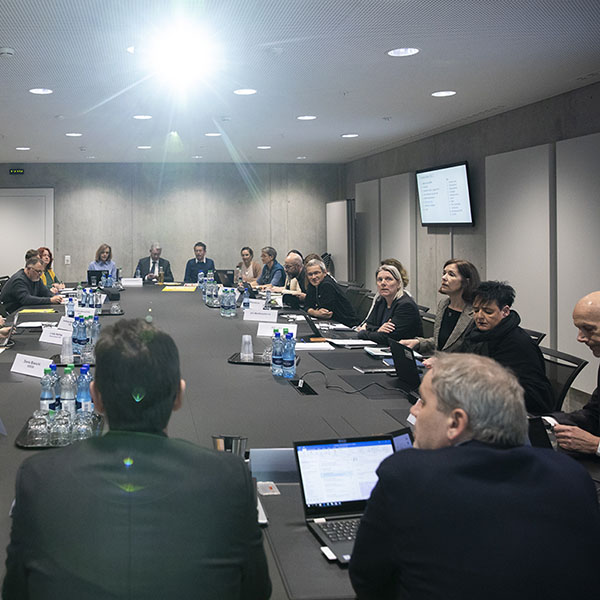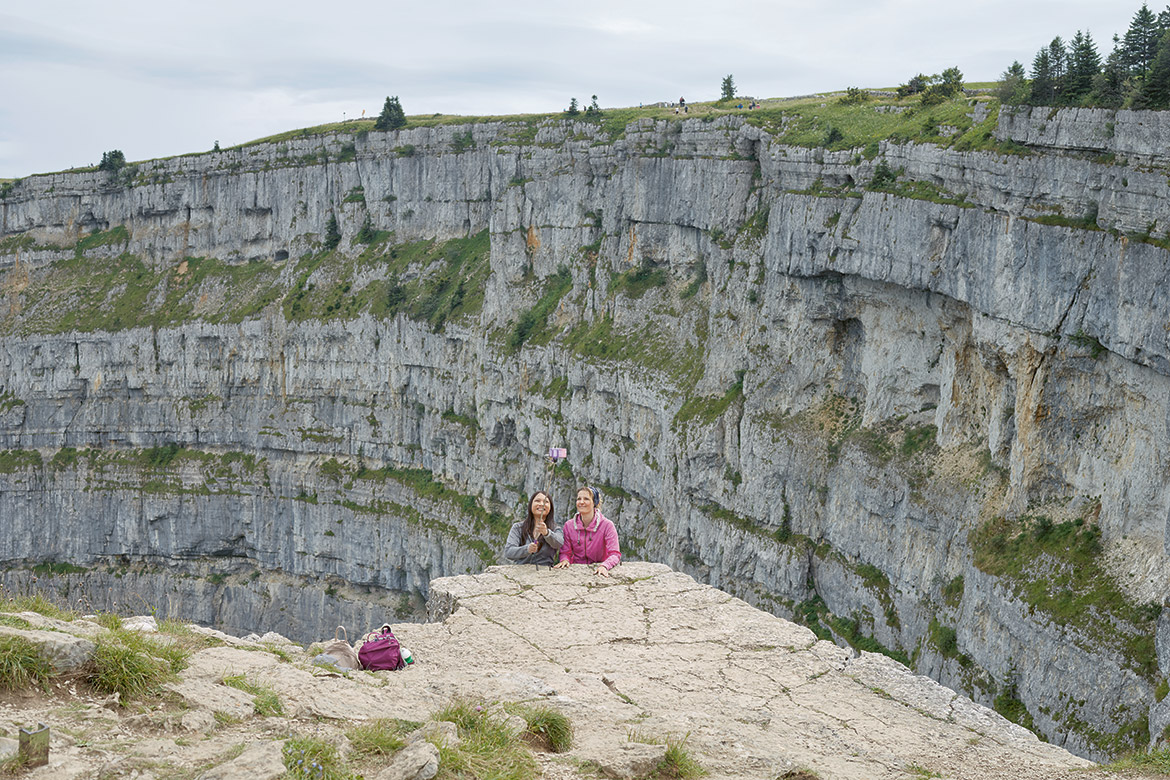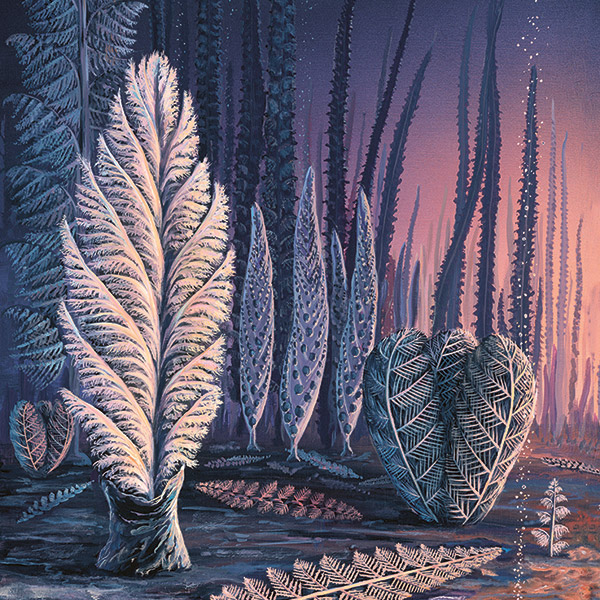The art of the hoax
A series of donations, a new model for scientific publication, and yet another hoax: the latest news in science policy.
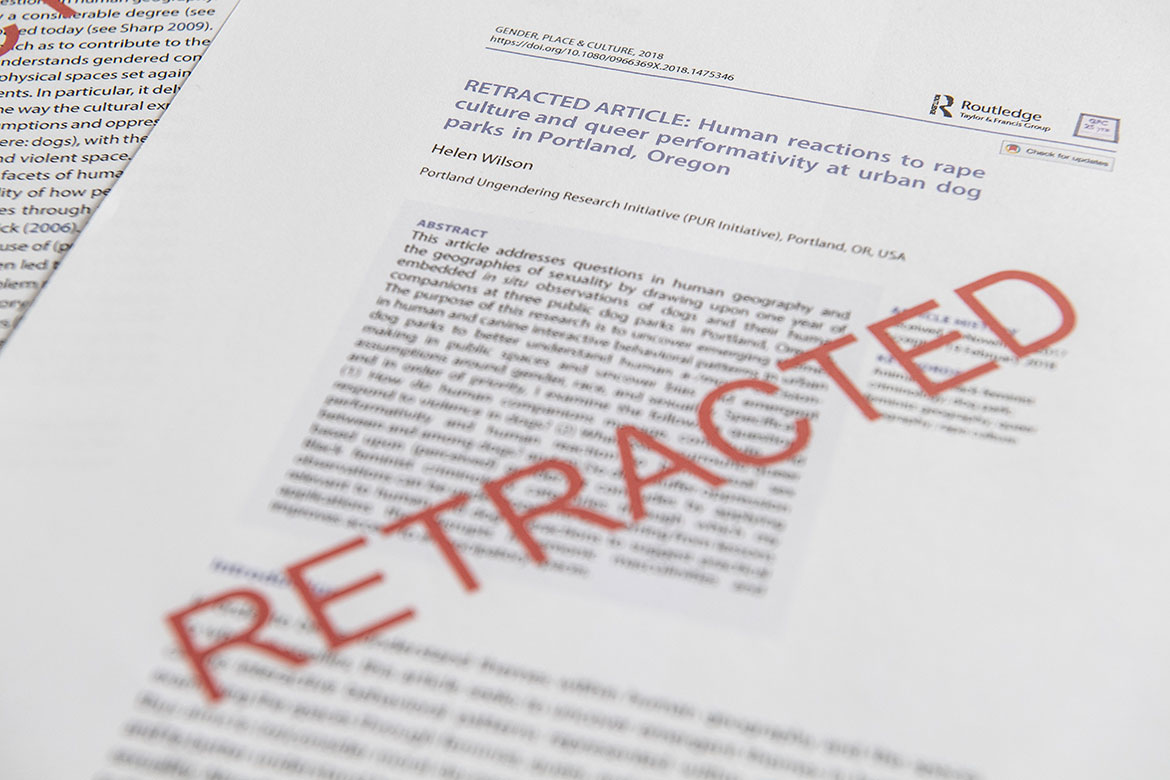
This fake article was withdrawn after publication. Six more papers out of a total of 20 fakes were accepted for publication by scientific journals. | Image: Valérie Chételat
The hoax
Out of 20 fake articles submitted to peer-reviewed journals, seven were published. The authors – a philosopher, a mathematician and a journalist – sought to expose the non-scientific nature of cultural studies, by showing that extravagant theses are easily accepted as long as they represent the right ideology, namely ‘gender’ and ‘grievance’ studies. Other voices criticised the political intent of the hoax and the fact that the informal study did not include a control group (i.e., hoax articles in other scientific fields), a point necessary to demonstrate with any rigour the specific problems of cultural studies. It’s been 22 years since the Sokal affair and 13 years since the SciGen article generator, but hoaxes remain a reality.
Dashun Wang in Nature Index. The researcher had shown in 2016 that the probability of publishing his most cited article is uniformly distributed throughout his career.
The idea: Plan T
A new business model for scientific journals proposes that the submission of an article should be subject to a fee, and not only its publication, as in conventional open access journals. It would limit the attractiveness of high-impact journals. Its name refers to Plan-S, which requires that all publicly funded research be published in open access.
The gift: USD 3,000,000
British astrophysicist Jocelyn Bell Burnell will donate her entire prize, the Special Breakthrough Prize in Fundamental Physics, to create scholarships for minorities in physics. Despite her crucial role in observing the first pulsar in 1967, she was not one of the two Nobel laureates in physics recognised for the discovery seven years later.
The number: 9,214
The number of scientists who have published more than 72 articles in a single year - one every five days – according to a literature search conducted by epidemiologist John Ioannidis. Of them, 86% publish in physics, where there are very large collaborations.

